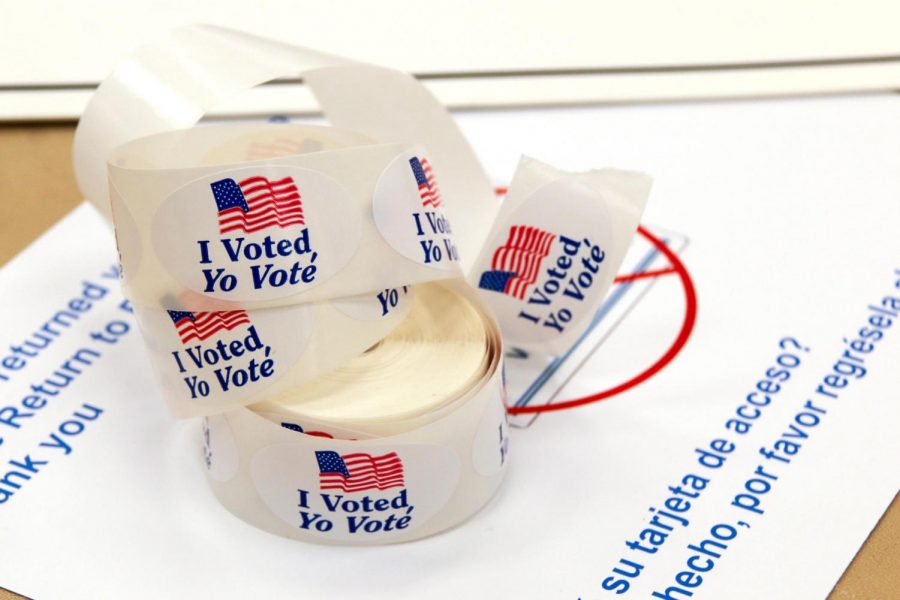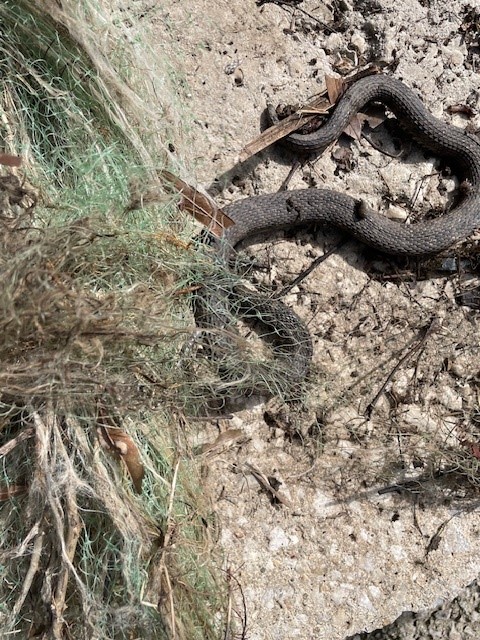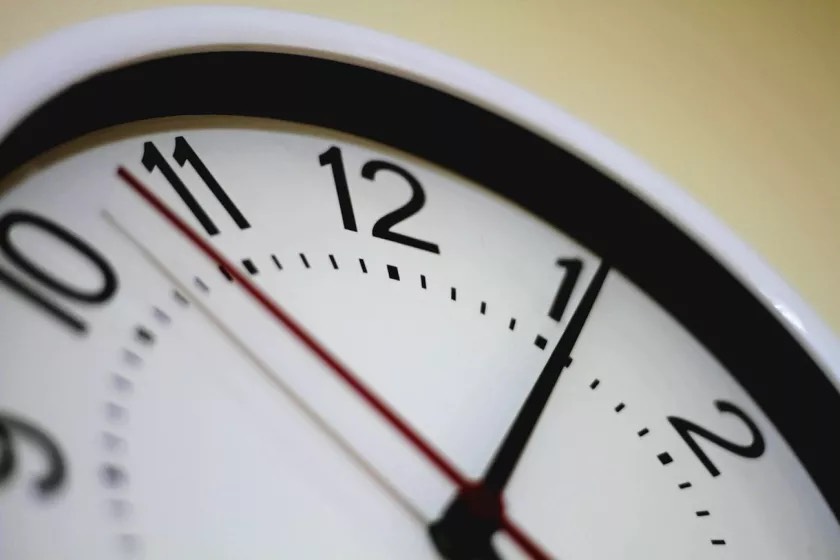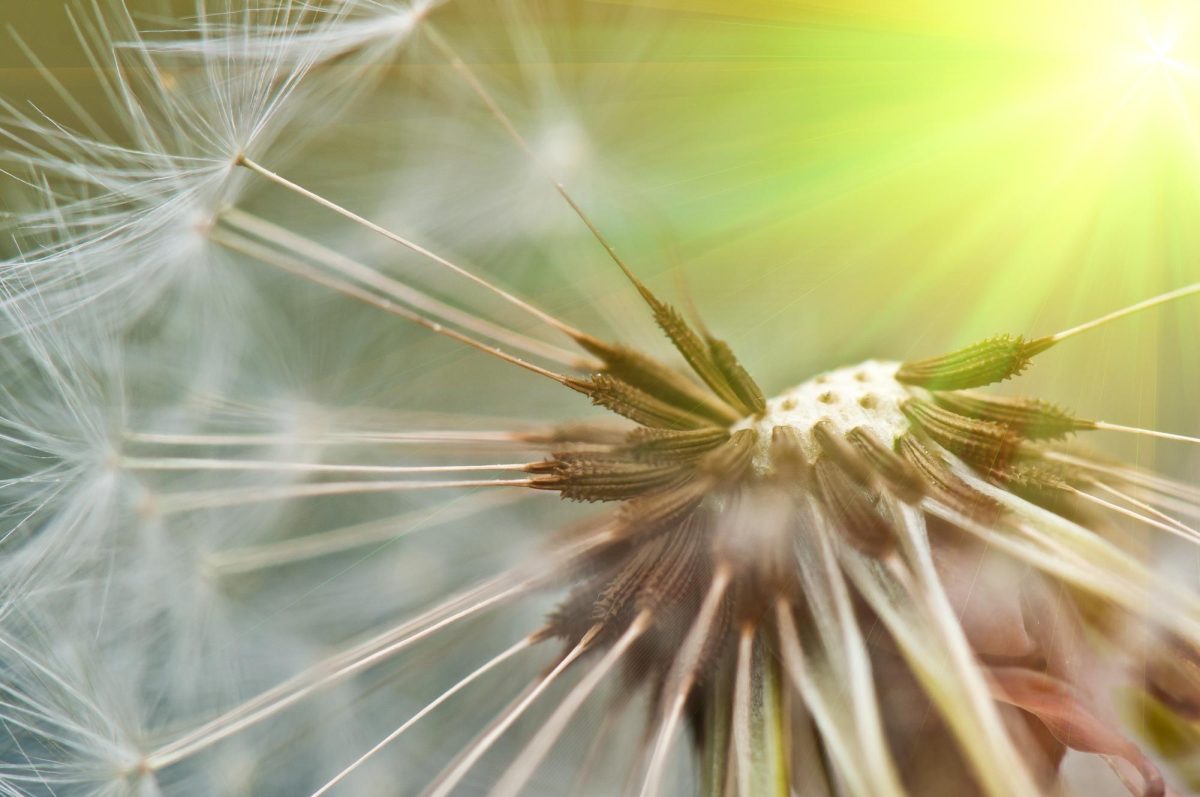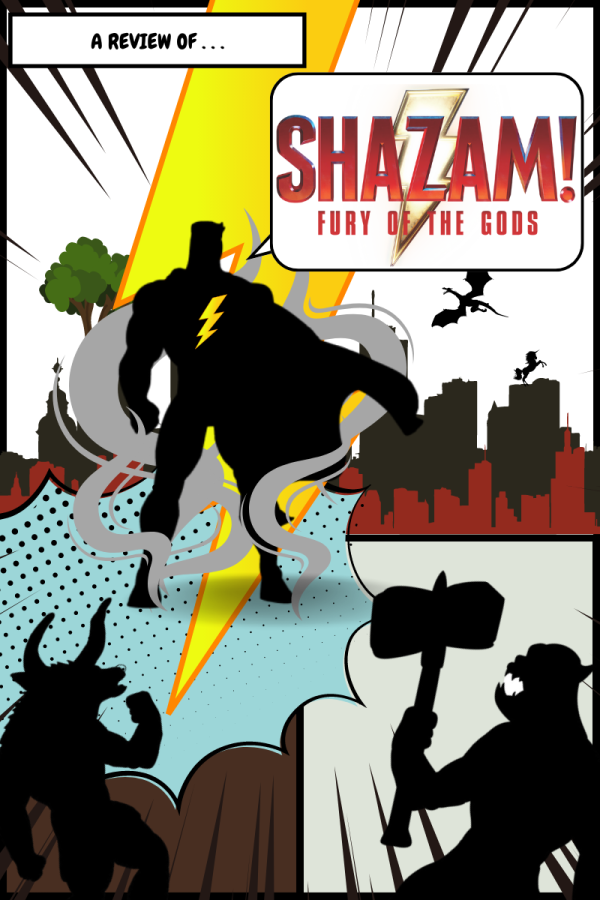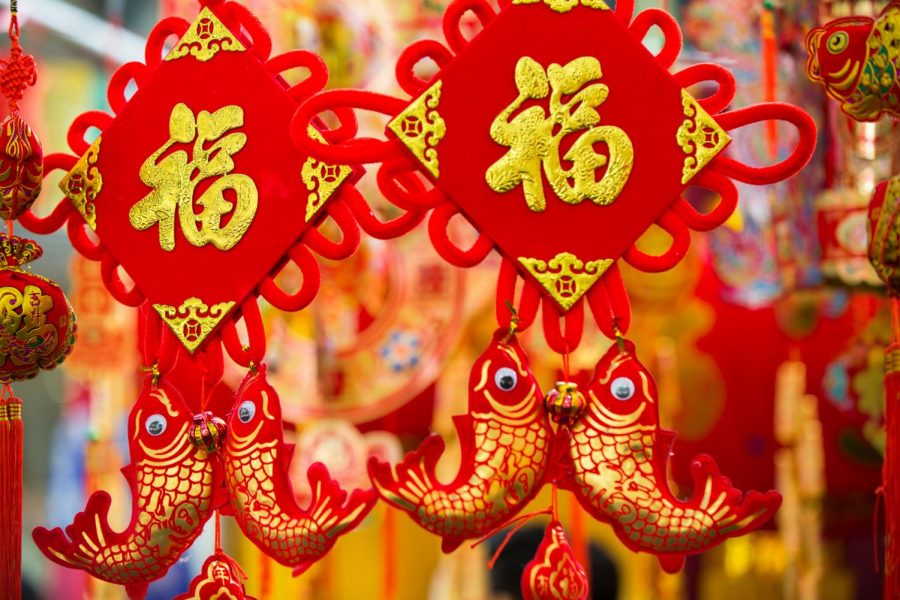Lunar New Year: Happy New Year, Again!
Going into the festivities and history of this Year of the Ox
With just a month into the new year, many have begun setting up their 2021 plans for the year. However, for a small portion of the world, they begin to celebrate the coming of the Lunar New Year.
Also called the Chinese New Year or the Spring Festival, the Lunar New Year is known as the longest and most important holiday in China and other Asian countries that celebrate it. The holiday has a vast history behind it, the earliest records from the Shang Dynasty (1600 – 1046 BC), and has gone through many changes and developments over the centuries. At first, it simply was a time of offering to ancestors and gods, but as times changed, so did these customs.
“The prosperity of economies and cultures during the Tang, Song, and Qing dynasties accelerated the development of the Spring Festival,” according to China Highlights®. “The customs during the festival became similar to those of modern times.”
At first, being a time of worship is now an opportunity for celebration. Now obviously it’s the celebration of the “New Year”, but not from the Gregorian (Western) calendar. Starting in the Han Dynasty (202 BC – 220 AD), the Lunar New Year and its festival was established on the first day of the first month in the lunar calendar. Whereas the Gregorian calendar is determined based on the sun and stars, the lunar calendar is based on the monthly phases of the moon.
“The holiday falls on the second new moon after the winter solstice on December 21st,” according to China Highlights®. “Thus, each time the New Year in China falls on different dates of the usual Gregorian calendar, between January 21st and February 20th.”
Interestingly, though it is called Lunar New Year, the whole “celebration” of it lasts well over a single day. Counting New Year’s day, the celebration lasts 16 days, but if you considered the preparations people take for the holiday, it can be counted up to 23 days. To begin, seven days are in preparation for the New Year, with 12 days during the celebration of the New Year, also called the Spring Festival. For the final four days, preparations are made and done for the Lantern Festival that ends off the Lunar New Year holiday, adding up to 23 days.
“Chinese people believe that what they do on the first day of the lunar year will affect their luck during the year,” according to China Highlights®. “The moment New Year arrives there is a cacophony of fireworks and firecrackers all around, even in rural China.”
Not only is the holiday 2-3 weeks long, but what makes the holiday really unique is how it’s different every year, thanks to the belief in the Chinese Zodiac Signs. The signs are seen as 12 animals, each taking up a year, making a 12-year cycle in which each animal taking turns to be the animal of the year. For instance, this year is the year of the Ox, and your zodiac sign contributes to how your year may go, good or bad, depending on how your sign reacts to the Ox.
“In order, the 12 Chinese horoscope animals are: Rat, Ox, Tigger, Rabbit, Dragon, Snake, Horse, Goat, Monkey, Rooster, Dog, Pig,” according to China Highlights®.
“The Ox has long been a symbol of power in Chinese Culture. An Ox year is usually considered to be a more hopeful and fruitful year, so 2021 is expected to bring better luck”
With knowledge of the holiday, its history, date, and culture, now it’s time to get into how it’s celebrated. For one, the color that is on everyone’s mind is red. Known for being lucky, red clothing is worn by all and red envelopes are given as gifts, each seen as a way to scare off evil spirits. The holiday is also seen as family time and is an excuse for those close to be together to celebrate the holiday. And of course, setting off fireworks and firecrackers, especially during midnight, is an indisputable aspect of the holiday, with billions going off on New Year’s Day.
“In many Chinese cities, from New Year’s Day, traditional performances can be seen: dragon dances, lion dances, and imperial performances like an emperor’s wedding,” according to China Highlights®.
Though a celebratory and exciting Lunar New Year is sure to come this 2021, it’s not without its difficulties due to the ongoing COVID-19. The event encourages social gathering and traveling, all things that increase the threat of COVID-19. Nonetheless, people will continue to travel for the holiday, doing their best to keep their tests negative, but it can’t be helped when certain people think the risk might be too high to try this year.
“With the recent recurring COVID-19 outbreaks in Heilongjiang, Jilin, Hebei, and Beijing, where lockdowns and other control measures have affected tens of millions of people,” according to China Briefing. “….local Chinese governments are calling for citizens to stay put and ‘celebrate in place’.”
This change in the holiday in its home country can also be seen in our very own backyards in Kentucky. The Chinese American Association of Lexington (CAAL) can be seen as the one in charge of spreading Chinese-American interests for Lexington, including the Lunar (Chinese) New Year. Normally celebrating the holiday in person, just as the holiday encourages, was sadly reverted into a Zoom seminar in order to celebrate the holiday while keeping COVID-19 guidelines in mind.
“If 2021 is a new journey, we wish you no loneness nor fear on your journey,” the CAAL said. “We will be together with you. We wish you, our fellow Lexingtonians, friends and relatives over the world, Happy Lunar New Year.”
The Live Event goes over performances, dancing, singing, and the involvement of local Lexingtonians and public students. Lunar New Year is on February 12th and begins the Spring Festival, going on until February 22nd, with the Lantern Festival beginning right afterward until February 26th.

I am a senior at Dunbar, and this is my first year as a staff reporter. I’m excited to be part of journalism at Dunbar and get to discuss ideas, thoughts,...





